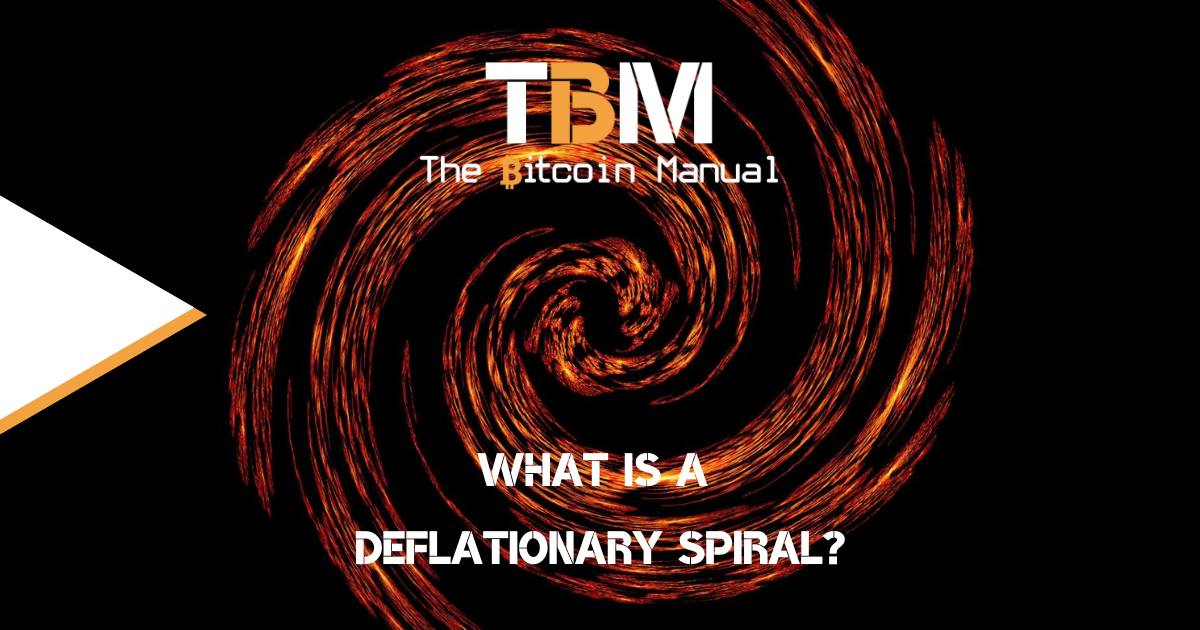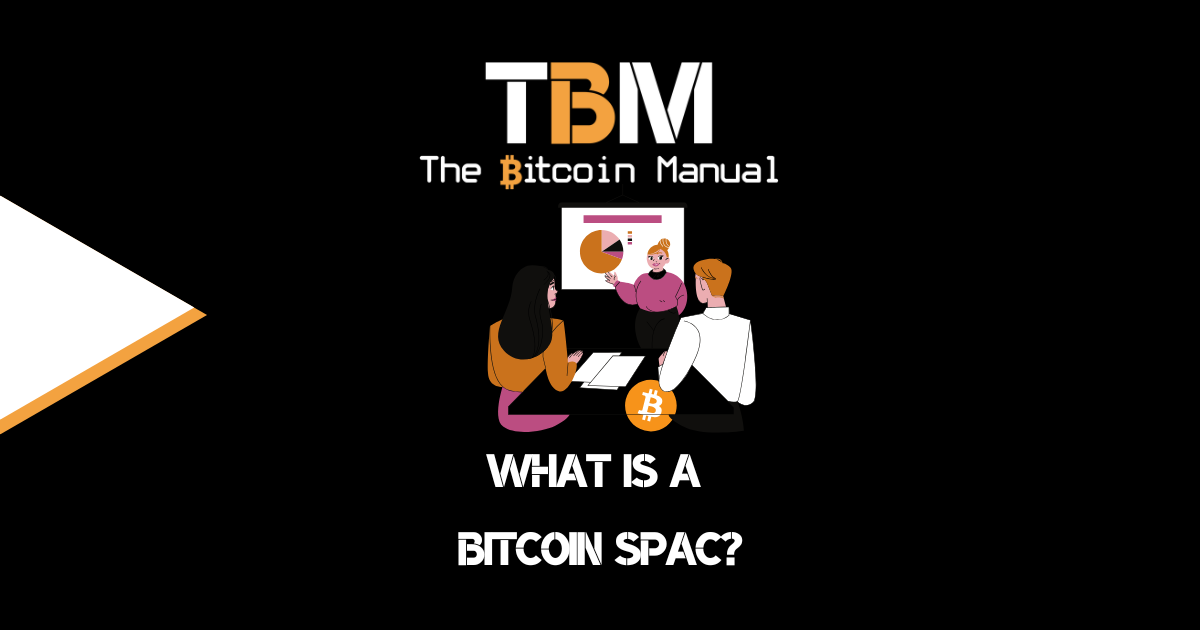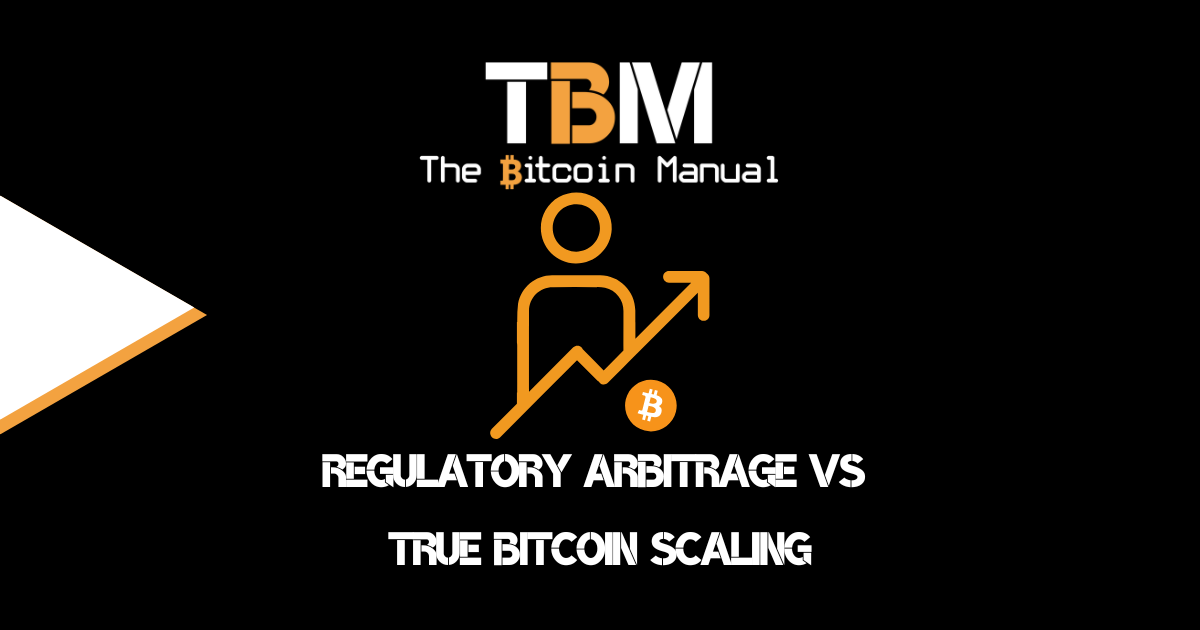I am sure many of you have sat around the table, and in passing conversations, someone will mention how expensive a particular item has become. The discussion will devolve into how expensive various purchases are, along with access to services and basically how all economic activity requires more currency.
The price of everything keeps going up! One quips!
Why is life so darn expensive? Another responds!
Then we shrug our shoulders, accept our fate and return to consuming anyway, right? What are you going to do? While we can earn and save, we don’t have any say on how items are priced; it’s the market at work, the invisible hand, right?
We have reluctantly made peace with the fact that our currency purchasing power trends towards a consistent decline, and all we can do to stay afloat is invest.
You cannot simply work, earn an income and save it; no, you need to go out and risk those funds in a capital market of your choosing to try and preserve your purchasing power over time.
You have to outpace inflation, right?
It was the best of times, the worst of times, but it was always an inflationary time.
Inflation is a reality we all have to face sooner or later, regardless of where you live, your local currency’s relative strength, or your ability to earn an income or invest. Inflation is a hidden tax that moves relative purchasing power from savers to whoever is creating new currency or benefiting from that new issuance.
The price of everything is constantly in flux and settles on a figure based on supply and demand; plenty of inputs and outputs affect pricing, from the cost of energy, access to labour, parts, transport, and even the weather.
You’ll often see a myriad of reasons why inflation affects one or other markets, and while there is merit to those stories and theories, they can’t be the reason for a consistent trend.
If there are forces of inflation and deflation constantly at play, then in some areas, deflation should win out, and prices would go down; in other markets, inflationary pressures would win, and prices would go up.
If the price of everything keeps going up because of currency inflation because the currency is only constant in all those markets, the unit of measurement is the one affecting the final price.
Currency inflation is a general increase in prices and a fall in the purchasing value of money. It can happen when credit or, rather, money creation drives more currency units into circulation, and as those currency units reach consumers, they begin to be redistributed. That new money starts to chase the same or a shrinking amount of goods and services, and prices usually adjust upward to reflect the change.
When there is a shortage of goods and services or when there is a rise in production costs, these tailwinds will only add to inflationary pressures.
While we can debate these effects in the short term if your currency’s purchasing power is trending towards acquiring fewer goods and services each year, there’s no debating; you’re suffering from a case of the inflation blues.
Inflations end game, the hyperinflation
Inflation is a topic on everyone’s minds as we start to feel poorer, but inflation isn’t a one-way street; At the same time, currency is constantly being created and issued in various forms in the economy; it’s also being destroyed in one or more forms.
- Physical cash isn’t durable, so it wears out with time and is eventually removed from circulation if it reaches a bank and the cash is deemed unfit.
- Physical cash is also destroyed each year through negligence or natural disasters.
- Credit is destroyed when individuals pay back their debts.
- Credit is destroyed when individuals default on their debts, and the issuer eats the loss.
- Central banks can remove currency from circulation by issuing securities.
While money is being created and destroyed, it is being used to fuel economic growth, growth that, if positive enough, can also reduce the effects of inflation. If the economy is producing more goods and services, in theory, that additional currency wouldn’t make a difference to prices.
This is a simplistic view of it; various forces are constantly at play, and you can run this system for many years before it fails. One way a currency dies is through hyperinflation.
Hyperinflation is the eventual end game of push and pull market forces, but inflation wins out in this example. Eventually, credit creation and currency creation outpace economic growth, individuals lose faith in the currency and consume or use another form of wealth storage, and these forces quickly erode the real value of the local currency.
Hyperinflations have happened throughout the centuries, the most recent being Yugoslavia, Zimbabwe and Venezuela. As we look at current inflation rates worldwide, Argentina, Lebanon, and Sudan look like they’re well on their way to joining the club should their inflation rates continue to compound annually.
Hyperinflations are horrible for citizens, they can result in regime change and wars while leaving everyone impoverished and destitute, but thankfully they are a rare occurrence that only happens due to massive systematic failures.
Our ability to constantly innovate and do more with less keeps inflation at bay and allows governments to continue their inflationary policies off the back of that additional productivity. While inflation sucks for the average wage worker and saver, it’s excellent for those who own assets, hold debt and for governments to fund themselves without direct taxes.
Most governments worldwide are not too concerned with inflation, even if they say they are; what they are concerned with is the other side of the coin, deflation. While a bit of deflation for governments is part of the balancing act, too much can drive economies into a deflationary debt spiral.
What is a deflationary spiral?
Deflation is part of economic activity; every business intends to make something easier for the consumer and offer them more for less; if the company is correct in its assumption, they create an efficiency that reduces prices and drives deflation.
A deflationary spiral is a situation in which falling prices lead to a decrease in economic activity, falling wages, slowing turnover of currency, hoarding of cash as it begins to increase in purchasing power, along with debts becoming harder to pay, which in turn leads to defaults, leading to further currency destruction, driving further falling prices. These forces working in tandem can create a self-reinforcing cycle that can be difficult to break.
A deflationary spiral typically occurs during periods of economic crisis, such as a recession or depression, as economic output slows and is the primary trigger for cash hoarding, which triggers further downstream effects, and consumption dries up. When currency appreciates, it may lead to an overall decline in asset prices as producers are forced to liquidate inventories that people no longer want to buy.
In some markets, deflationary forces have become so strong that governments are desperate to drive inflation, as in the case of Japan over the last two decades.
How does a deflationary spiral work?
A deflationary spiral can start with a number of factors, such as a sudden drop in demand, a decrease in the money supply, or an increase in the supply of goods and services through a new market unlocking or a new participant entering the market.
When prices start to fall, consumers may hold off on purchases in anticipation of even lower prices in the future. This can lead to a decrease in demand, which can lead to a decrease in production and employment.
As businesses produce less and lay off workers, the economy slows down even further. This can lead to even lower prices, which can start the cycle all over again until goods, services, and assets reach a price where currency holders feel it’s worth trading and economic activity picks up.
While this is a natural part of boom and bust cycles, deflation affects a particular class of people more than another. If you’re a wage earner and saver, you benefit, especially if you still retain your job during these times.
If you’re repaying debt, be it an individual, a company or a government, deflation becomes a burden too significant to bear, and you default. While an individual defaulting is painful for them, a business defaulting is horrible for all staff involved; if a government defaults, it can be catastrophic for a country and the political class.
What are the pros and cons of deflation?
There are both pros and cons to deflation.
On the one hand, deflation can lead to lower prices for consumers, which can help to increase their purchasing power. This can boost economic growth in the short term.
On the other hand, deflation can also lead to a decrease in economic activity, as businesses and consumers may delay spending in anticipation of even lower prices.
This can lead to a recession or depression, and this does sound bad and can be painful for many, but during these times, economies heal, the capital goods are moved to the most responsible, the most prudent and business and economic activity can restart without the burden of debt, but funded through equity.
How to fix a deflationary spiral?
There are several ways to try to fix a deflationary spiral. One is to increase the money supply through special programs; another popular mechanism which can help is to lower interest rates and make it easier for businesses to borrow money, but this becomes harder once you hit the zero bound.
Another is to implement fiscal stimulus measures, such as tax cuts for individuals or government spending programs like infrastructure bills or tax incentives for certain businesses. These measures can help to increase demand and boost the economy.
It is important to note that there is no one-size-fits-all solution to deflationary spirals. The best approach will vary depending on the specific circumstances of the economy.
The deflationary spiral in Bitcoin
If deflation is such a scourage for the fiat system, how does that reflect onto Bitcoin, which is a deflationary currency by design? Wouldn’t that mean it would eventually spiral, driving down economic activity on a Bitcoin standard?
Well, not necessarily.
The key difference is in Bitcoin, you deal with equity, not debt. Your money is not another counterparty liability. If the value of the Bitcoins you own increases, then any future cost will take a proportionally smaller amount; there’s no debt burden increasing behind it.
While Bitcoin is deflationary when measured by highly inflationary currencies, goods and services, eventually, it reaches a slowdown based on the market size and demand for Bitcoin. Once it reaches this point, Bitcoins can only deflate in value when the Bitcoin Economy grows.
Elaborate controls to make sure that currency is not produced in greater numbers is not something any other currency, like the dollar or the euro, has,” says Russ Roberts, professor of economics at George Mason University. The consequence will likely be slow and steady deflation as the growth in circulating bitcoins declines and their value rises.
MIT Technology Review: What Bitcoin Is, and Why It Matters, May 25, 2011
“That is considered very destructive in today’s economies, mostly because when it occurs, it is unexpected,” says Roberts. But he thinks that won’t apply in an economy where deflation is expected. “In a Bitcoin world, everyone would anticipate that, and they know what they got paid would buy more then than it would now.
Bitcoin is designed to be a deflationary currency, with a limited supply of 21 million coins coupled with a slowing issuance rate and an even lower chance of recovering lost coins. This means that the value of Bitcoin could go up over time as long as demand increases.
On the other hand, deflation can also lead to stunted economic growth for the network, as consumers may wait to spend Bitcoin as it appreciates in fiat currency value and relative purchasing power for goods and services. A common critique surrounding Bitcoin is that if “Number Go Up” all the time, no one will want to spend it.
I argue that the only thing more scarce and valuable than Bitcoin is time and life. While Bitcoin, if it continues to appreciate, provides an incentive to save, theirs still a motivation to live, eat, have shelter, to acquire goods and services during your time on the planet, and these incentives will trump future price appreciation, forcing people to spend their Bitcoin.
Suppose Bitcoin reaches a market cap/market size where annual appreciation is tempered. In that case, it makes that economic calculation even easier for individuals, and those looking to improve on that appreciation will go out and take risks, starting businesses and driving more economic activity.
Deflation is not necessarily, and it is not necessarily true that Bitcoin will fail if there is deflation. Ultimately, the impact of deflation on Bitcoin will depend on many factors, including the severity of the deflation, the overall state of the economy, and the behaviour of consumers and businesses.




